Our Services
List of services that we are offering.
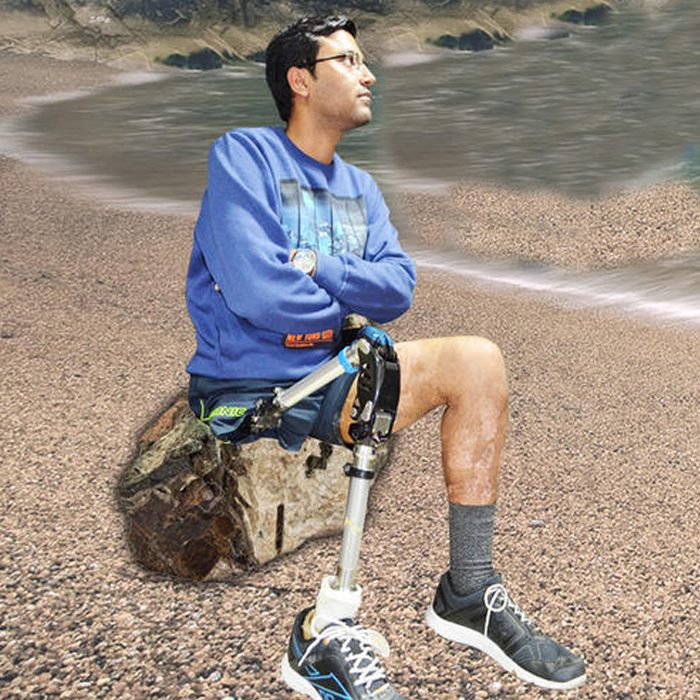
Through Hip/Hip Disarticulation/Hemipelvictomy Prosthesis
At this level of amputation the individual lost all his three anatomical joints hip, knee and ankle, so to make the individual feel more secure all three prosthetic joints should alligned in a perfect anatomical manner.
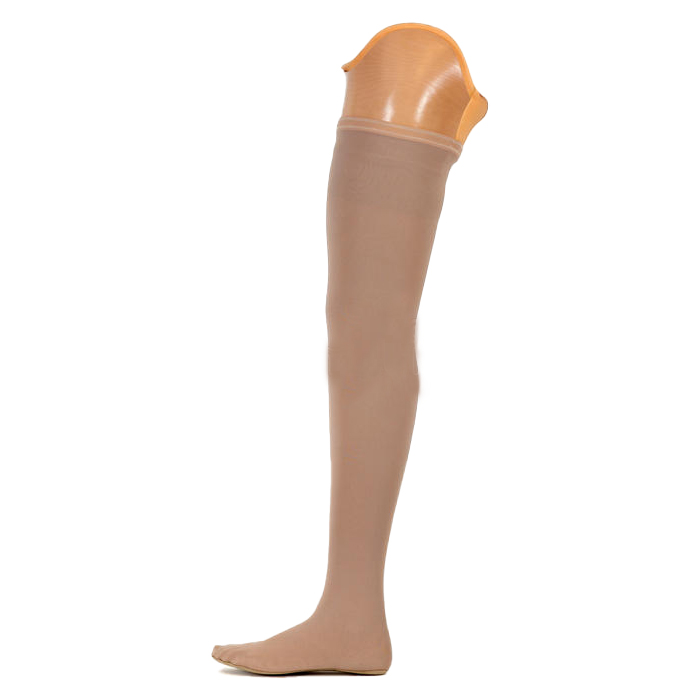
Above Knee/ Transfemoral /Through Knee/ Knee Disarticulation Prosthesis
Knee stability is a fundamental concern at above knee amputation level. The prosthetic knee mechanisms used with these prostheses are often selected based on their mechanisms of ensuring stability according to the age, weight and activity level.
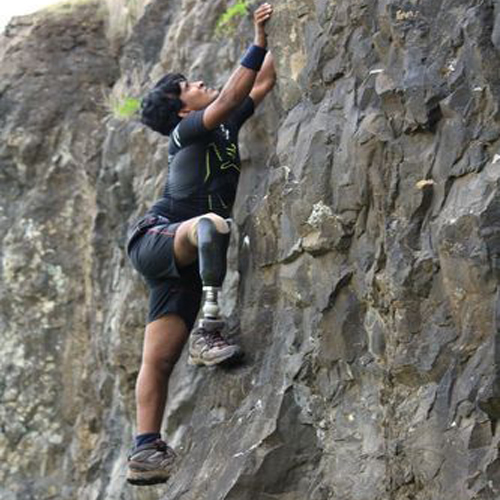
Below Knee/Transtibial Prosthesis
A below knee prosthesis will typically consist of a custom-made socket, a pylon, a foot, and some means of suspending the prosthesis to the body. Clinical expert will create an individualized socket designed specific to the stump of the patient.
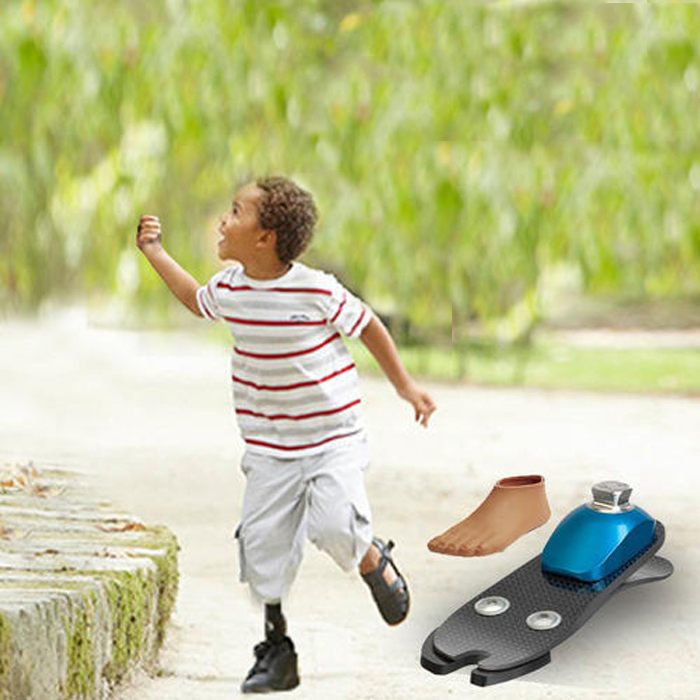
Prosthesis for Children
A prosthetic leg for a child with lower limb deficiency provides stability and can help with mobility around their home, school or community. Most children with lower limb difeciencies use a prosthesis for a daily living activities. For younger children options for prosthetics are basic, as they grow older, options will get wider.
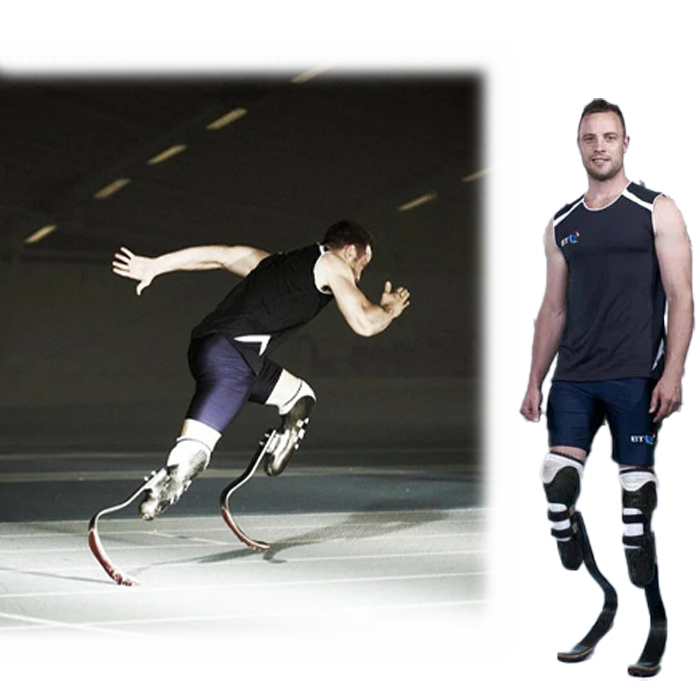
Blade foot for Athlete
Due to its unique design and shape it allows the foot to bend more and return a powerful energy kick. That powerful energy helps the athelete to run faster.
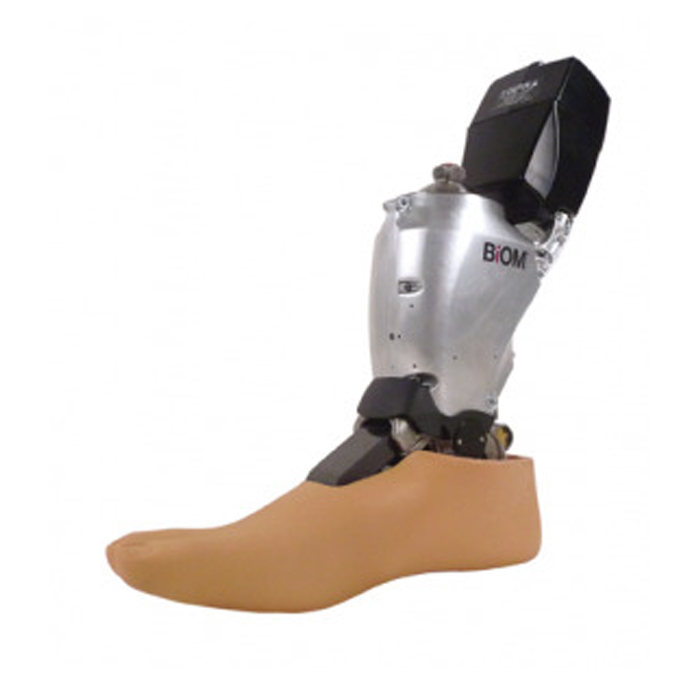
BIONIC LEG MICROPROCESSOR FOOT FOR BELOW KNEE
BiOM Foot for below knee amputees is based on advanced bionic technology for smooth walking and foot function. The feature of BiOM System focuses on the natural human movement by mimicking the tendons and muscles. The seamless gait pattern of the BiOM Foot users is similar to other individuals and also equipped with BiOM Ankle System to reduce energy expenditure, pain and degeneration of joints.
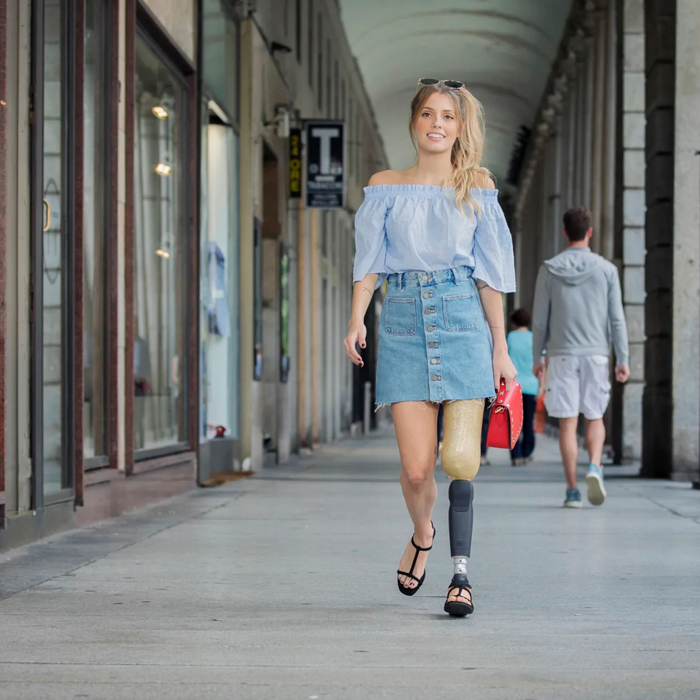
BIONIC LEG SYMBIONIC LEG
Symbionic leg for above knee amputees is a bionic leg utilising a microprocessor foot and knee for a narrow and smooth gait as well as seamless movement. It provide to users the ability to walk and run on the variety of terrains with stability and less energy expenditure.
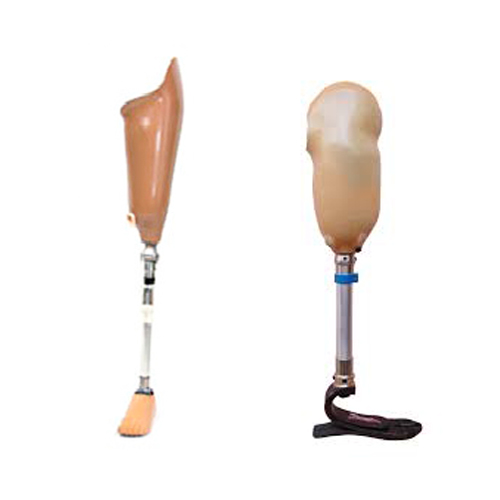
Sockets
The socket is the important portion of the prosthesis that fits around the residual limb. The socket should always fit properly to improve the confidence of patient, A well-fitting socket has many benefits, such as providing comfort, stability, and an appropriate distribution of weight bearing forces.There are different socket designs for each amputation level depending upon the stump shape, size and load bearing area.
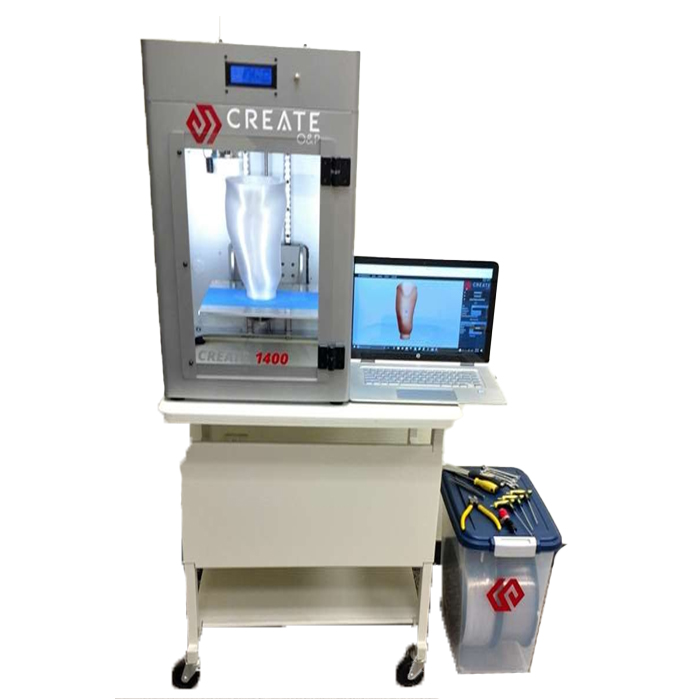
3D Printing Technology For Socket Design
Rapid socket design technology by 3D printing requires only three hours from scanning of the stump to fitment of the socket.
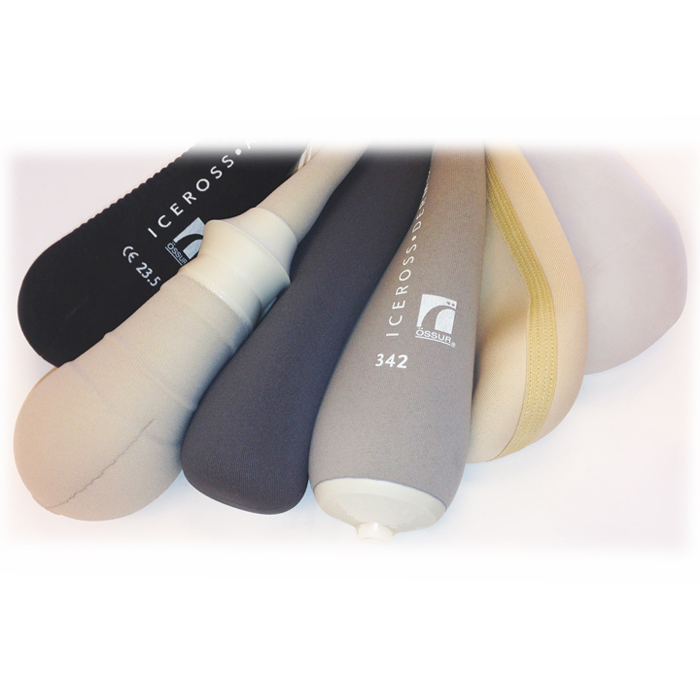
Liners
Liners is the interferance between stump and socket which provides comfort and cushion to the stump. The common types of liners are: 1) Pediline Liner- Cost effective / Skin friendly liner used for diabetic as well as normal stump. 2)Thermoplastic Elastomer (TPE), or Gel Liners–soft and very flexible liner which is indicated for amputees with sensitive skin as well as new prosthetic users. 3)Silicone Liners–durable and semi-flexible which are indicated for active individual. 4) Polyurethane Liners–least flexible, offer a greater degree of durability with even pressure distribution. They are ideal for high-activity prosthetic users and pair well with active vacuum socket. 5) Seal-in Liners- Seal-in liner designed specifically to limb volume changes when paired with the vacuum system.
